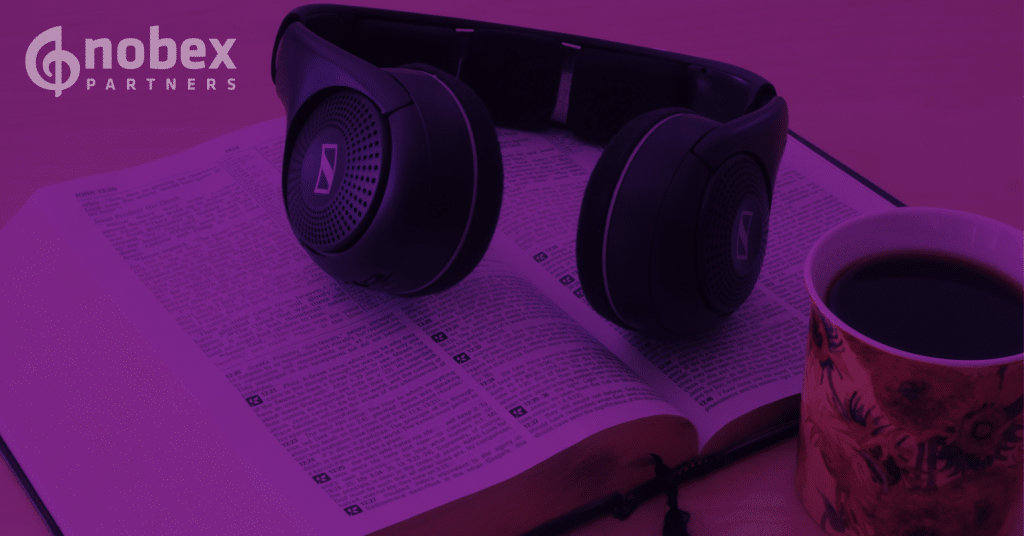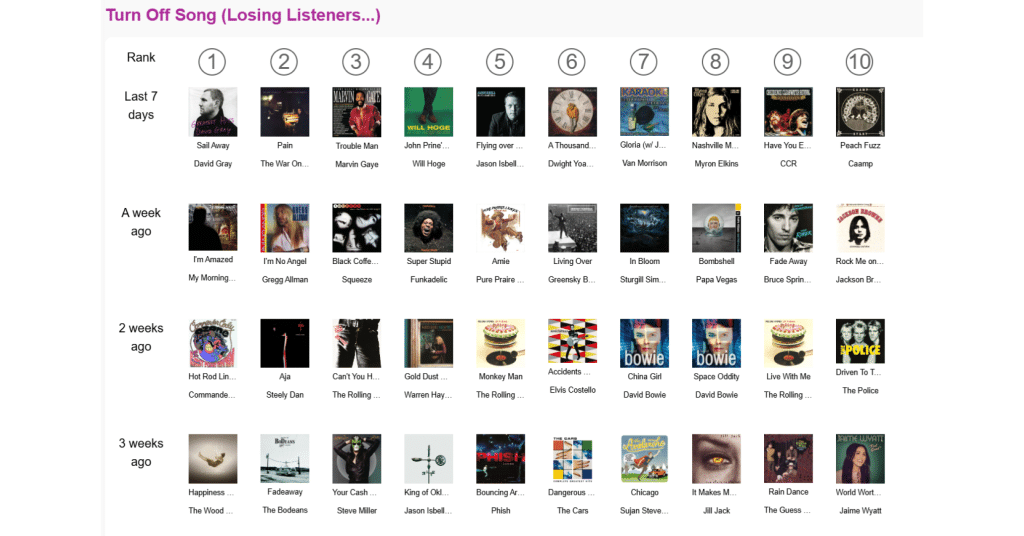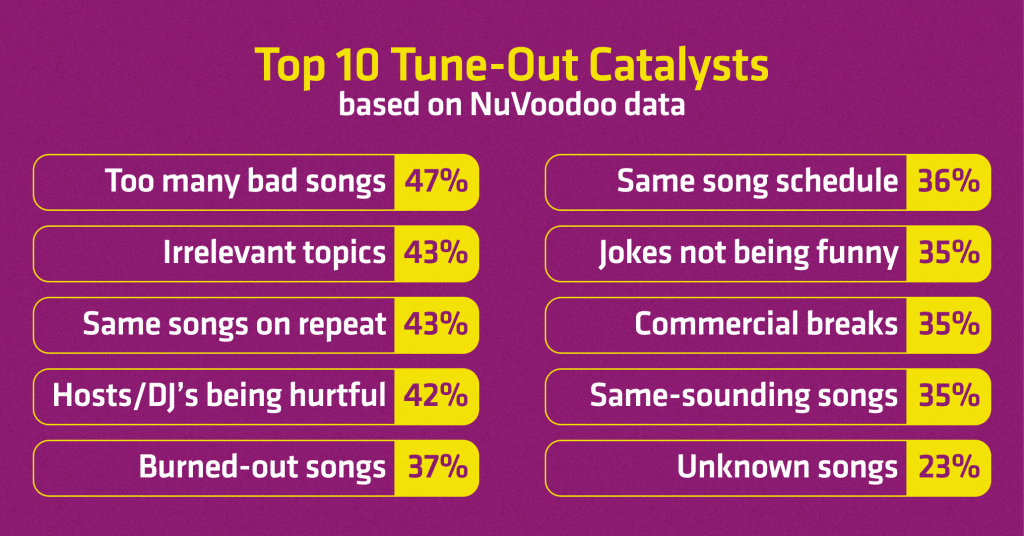
With radio listeners having more options than ever, holding their attention is increasingly challenging. A recent NuVoodoo survey identifies the top “tune-out catalysts” — factors that cause listeners to quickly switch stations.
As Nielsen prepares to shift its radio listening measurement to three-minute increments in 2025, understanding what drives listeners away has become essential for radio stations. This shift could improve ratings, especially for stations targeting younger audiences, but only if they can keep listeners engaged. In this blogpost, we’ll explore the key tune-out triggers and provide actionable tips to help your station avoid them.
Too Many Bad or Overplayed Songs
The number one complaint among radio listeners is hearing “too many bad songs,” closely followed by the repetition of songs. Stations should prioritize regularly updating and testing their playlists to ensure a balanced mix of popular tracks and fresh content. Overplayed songs, especially if played at the same time daily, can quickly lead to listener fatigue. Consider rotating high-energy tracks with slower-paced ones and scheduling variety during peak times to keep listeners engaged.
For Nobex Partners Pro Plan users, a wide range of reports is available, including insights into turn-on and turn-off songs among your station’s listeners. This data allows you to understand which songs are resonating and which may be driving listeners away, helping you make data-driven adjustments to your playlists. Use these listener insights to create a playlist that feels both familiar and fresh, maintaining a dynamic sound that keeps your station compelling.

Avoiding Uninteresting Talk and Unfunny Content
Content that fails to resonate, such as irrelevant discussions or humor that misses the mark, is another leading cause of tune-outs. Hosts and DJs should aim to connect with the audience by covering topics of genuine interest, avoiding content that could feel out of touch. Humor can be a powerful tool, but it needs to align with the tastes of the audience. For example, overly scripted or forced jokes may backfire, so encourage authenticity and relatability on-air.
Instead of aiming for one-size-fits-all humor or topics, stations can leverage audience feedback to curate their talk segments. The Nobex Partners platform offers a perfect feature for this purpose: Forms & Live Requests. This tool is incredibly useful for gathering a wide variety of listener feedback, from general comments to song requests and talk show topic suggestions. By understanding what listeners find funny or relevant, stations can create a space that feels personalized and engaging, helping to keep audiences tuned in.
Keeping Commercial Breaks Short and Sweet
Although commercials are essential for station revenue, they ranked eighth as a turn-off in the NuVoodoo survey. Long, frequent commercial breaks can disrupt the flow of the broadcast and cause listeners to tune out. Stations should aim for concise, high-impact ads that complement rather than interrupt the listening experience. Shorter breaks with engaging content make it more likely that listeners will stick around, minimizing the risk of tune-out.
Consider clustering ads during specific times to create extended blocks of uninterrupted music, which is particularly effective during peak listening hours. Creative, well-targeted advertising also helps, as listeners are more likely to accept ads that feel relevant to their interests. Investing in high-quality production and informative, engaging ad content can make commercial breaks feel less intrusive and even valuable.

By identifying and addressing the top listener turn-offs, radio stations can improve audience retention and adapt to changing listening behaviors. As Nielsen’s new three-minute measurement standard approaches, every minute of engagement counts, making it essential for stations to minimize tune-outs. Avoiding repetitive songs, irrelevant talk, and overly long commercial breaks can make a substantial difference in keeping listeners tuned in.
The future of radio will be shaped by stations that can adapt to their audiences’ evolving needs and preferences. With a proactive approach, stations can create a listening experience that captivates audiences, encourages longer engagement, and builds a loyal listener base. As the radio industry enters this new era, taking steps to “play defense” against tune-out factors will position your station for success.
